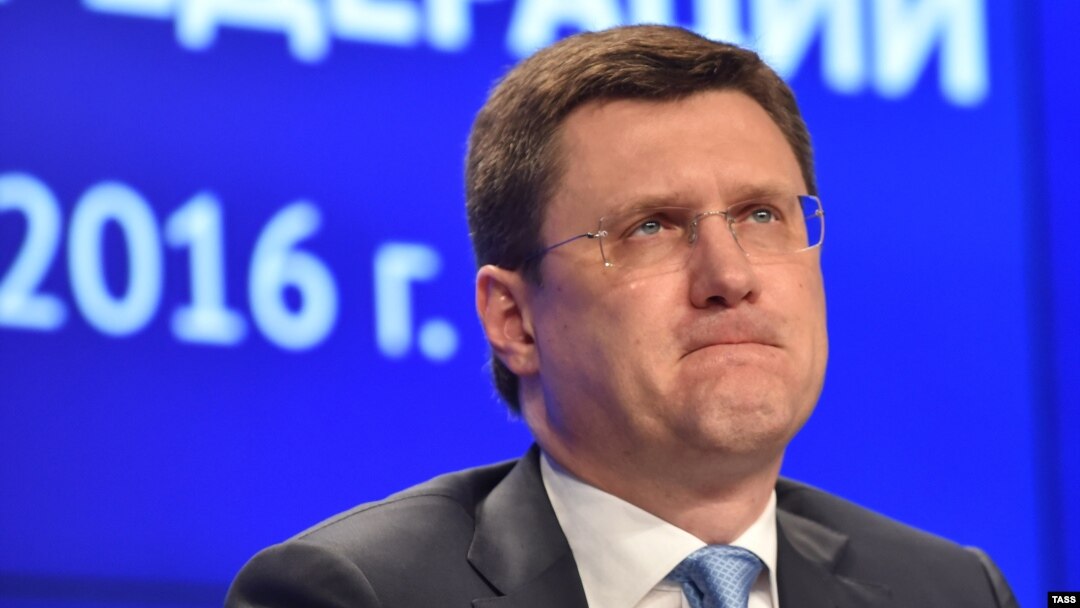The price of oil tumbled on April 18 after a meeting of oil producers failed to agree a cap on output to shore up prices.
Futures fell as much as 6.8 percent to $37.61 a barrel in New York -- the biggest intraday drop since February 1. Plunging crude oil futures knocked energy-related firms in Asian stock markets.
Russia's stock markets also retreated, with Moscow's RTS index, based on the prices of the 50 most liquid Russian stocks, falling more than 4 percent in early trading. The Russian currency, the ruble, fell by some 3 percent against the dollar and the euro.
The April 17 meeting in Qatar was attended by Russia and most member of the Organization of the Petroleum Exporting Countries (OPEC) -- but not Iran.
After hours of talks, the country's energy minister, Mohammed bin Saleh al-Sada, said, "The general conclusion was that we need more time to consult among ourselves in OPEC and non-OPEC producers."
Saudi Arabia, the world's biggest exporter, says any production freeze must be binding to all OPEC producers.
However OPEC-member Iran insists it will not limit its output until it raises its oil production to the level before international sanctions were imposed over Iran’s nuclear program.
With those sanctions now lifted as a result of Iran’s nuclear accord with world powers, Tehran wants to increase its daily oil production by 1 million barrels per day.
Sada, Qatar’s energy minister, said OPEC members would meet in Vienna in June to again consider a possible freeze.
Russia’s Energy Minster Aleksandr Novak said late on April 17 that the Kremlin was not optimistic about an agreement to freeze production because of “heated debates” at the conference and “Iran’s position.”
Novak said that Moscow will watch the positions of OPEC member countries and see “whether they are able to reach agreement between themselves that they all must take part in the freeze of oil production.”
Russia -- the world’s third-largest oil producer after Saudi Arabia and the United States -- is not a member of OPEC.


